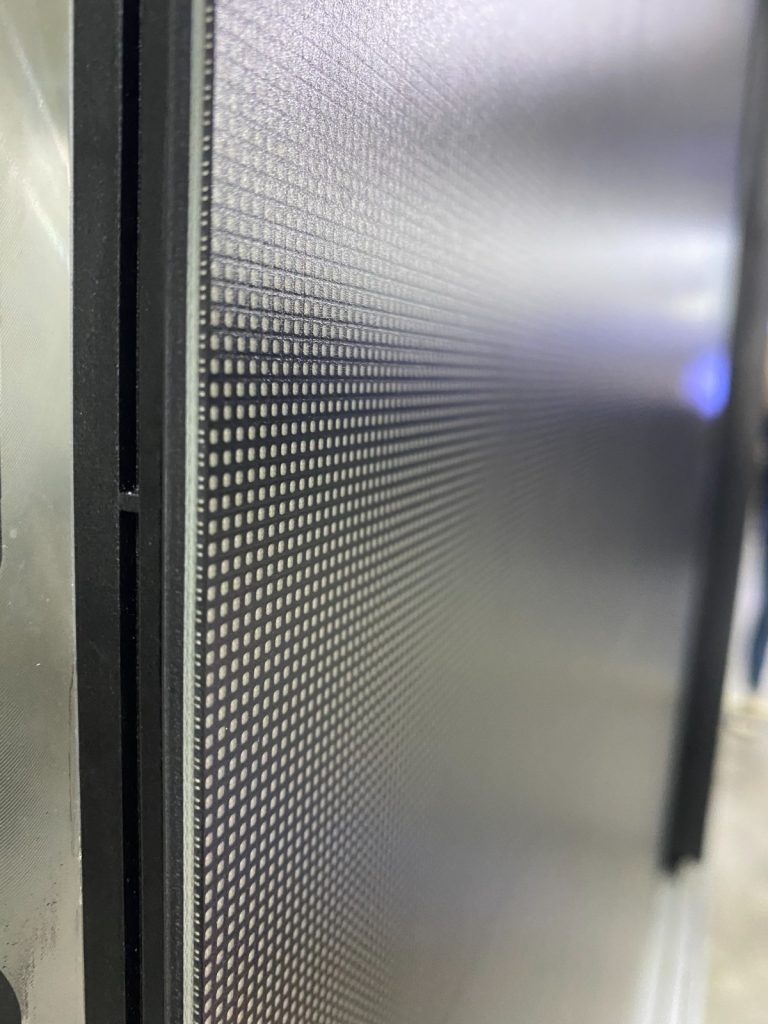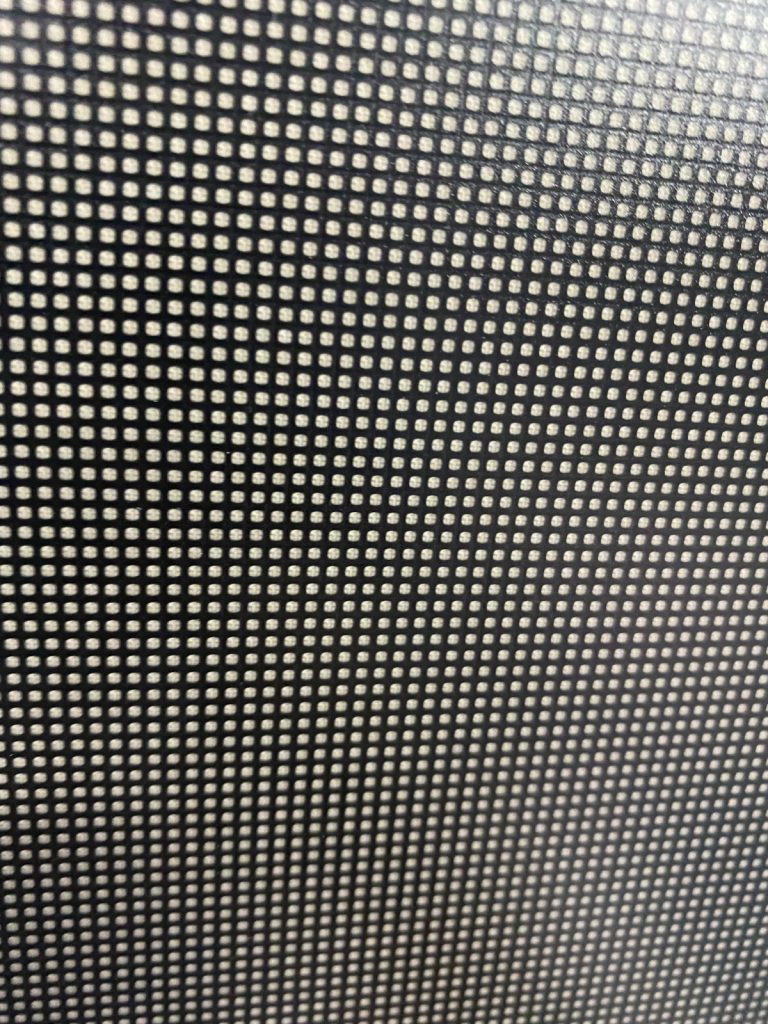The latest in LED screen technology is known as Glue on Board (GOB) and it takes the standards of LED display to the next level, with enhanced performance and longevity. Here’s an introduction to GOB technology (also known as the brand name ResinProtect) and how it can enhance your business and marketing strategy.
What is GOB LED Technology?
GOB technology involves applying a transparent layer of resin to the delicate LED chips that make up a display screen. This layer covers the entire screen and provides a tough clear coating that protects the chips from damage.

Enhanced durability and protection from impacts
The coating not only protects the screen from damage, but also improves the thermal management of the screen, preventing it from getting too hot or too cold. This extends the lifespan of the screen, offering you better value for money.
Water resistant and easy to clean
The GOB technology is an effective moisture barrier, efficiently repelling liquids and protecting the screen from dust and other environmental pollutants. It also makes the screen simple and quick to clean, reducing the chance of technical problems and improving the performance and reliability of the screen.
Superior image quality
The resin layer contains a unique formula that is capable of improving light transmission and distribution, which reduces glare, improves contrast, and enhances the overall clarity and uniformity of the display screen.
The transparent coating effectively smooths over the gaps between the LED modules, creating a seamless viewing experience; a particular advantage for large-scale installations such as LED video walls.

Exploring different uses for ResinProtect display screens
GOB screen technology opens up new opportunities and avenues for the use of LED screens and visual communication in both the public and private sectors. Here’s a look at the benefits and different uses of this cutting edge technology.
Retail and shopping centres
The retail sector has well and truly embraced digital display screens over the last few years, as they offer so many advantages in terms of visibility and versatility. With enhanced reliability and performance of GOB technology, you can be confident that the content will be clear and vibrant, catching the eye of passersby.
In indoor busy settings where people might be at close quarters with the screen, the extra layer of protection will bring you peace of mind that the screen is resistant to accidental knocks and scrapes, and can also withstand deliberate attempts at damage or vandalism.
In-store screens are fast becoming an essential part of the retail environment, helping retailers to remain competitive by displaying the latest products, offers, and promotions. They can also be used for general information about wayfinding, facilities, opening and closing times, and so on.
The hospitality industry
In bars and restaurants, digital screens are increasingly used for menu and pricing boards. GOB screens are well up withstanding the busy environment and any scrapes and spills, and provide the opportunity to update the content quickly and easily according to the time of day, level of demand, or even the weather conditions.
The pub and bar sector now often deploy dynamic pricing strategies to stay competitive. This involves automatically updating the prices of drinks to reflect fluctuations in custom, so that prices are slightly higher during peak times and lower during quieter periods. The content can be automatically linked to the till to ensure speed and accuracy.
In restaurants, digital screens are invaluable because the content can quickly and easily be updated to display real time information about menus and any offers or deals. This avoids the time consuming process of having to manually update chalk or paper boards, freeing up staff for other purposes and keeping customers informed and up to date.
Public transport hubs
Digital screens are now a key feature of public transport hubs, both for communicating travel-related information and for advertising or entertainment purposes. They provide real-time information about timetables and any changes or delays to the expected arrivals and departures. They can also be used for any safety or security announcements.
Transport hubs such as airports, bus terminals and train stations are also ideal opportunities for advertising and marketing display screens, because they are spaces with a constant high volume of foot traffic and commuters often have time to spare when they are in between connections, and may be actively looking for certain goods or services.

